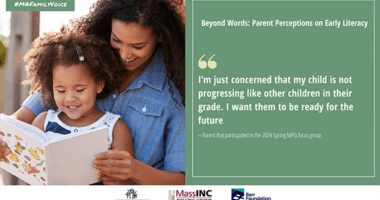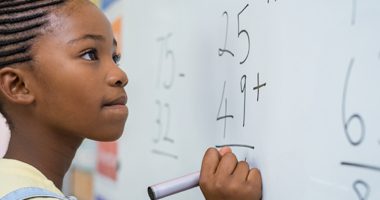Study Finds Low Teacher Expectations Dim Student Achievement
A new study sheds light on why so few African Americans are among the nation’s top-ranked high school students. The results suggest that teachers and schools have a powerful effect on the fulfillment of academic potential by students whose 10th-grade test scores indicate they could achieve at higher levels than they ultimately do.
“How Teachers and Schools Contribute to Racial Differences in the Realization of Academic Potential,” turns a new page in understanding the racial gap. Earning grades equal to or higher than predicted equates to realizing academic potential, while lower grades indicate the converse. To explore why African-American high school students fail to reach their academic potential as often as their white counterparts, Tina Wildhagen, assistant professor of sociology at Smith College, analyzed data from the Education Longitudinal Study of 2002 along three dimensions: student, classroom, and school.
Predicting 12th-grade GPAs based on 10th-grade reading and math scores, Wildhagen found that, on average, the GPAs of African-American seniors are 0.163 grade points lower than standardized test results predict, while those of white seniors are 0.076 points higher than predicted.
After controlling for student characteristics, behaviors, and attitudes, the study shows teacher expectations account for 42 percent of the difference between white and African-American students’ realization of their potential. Student reports of hard work and homework completion are only slightly related to the gap in realized potential, whereas teacher perception of how hard students work explains much of whether students’ grades match their actual abilities.
“Many really talented students are unable to realize their full potential because of all the processes happening at school,” Wildhagen says. The study provides evidence that teachers’ low expectations have high stakes for students of color.
—Anneliese M. Bruner











